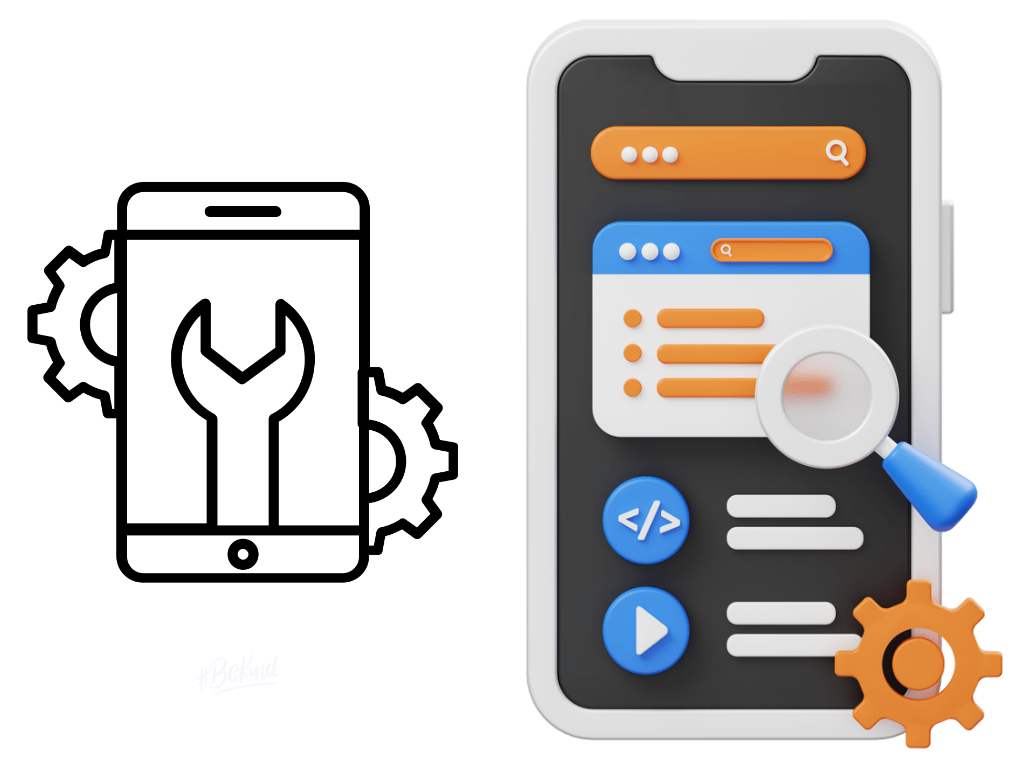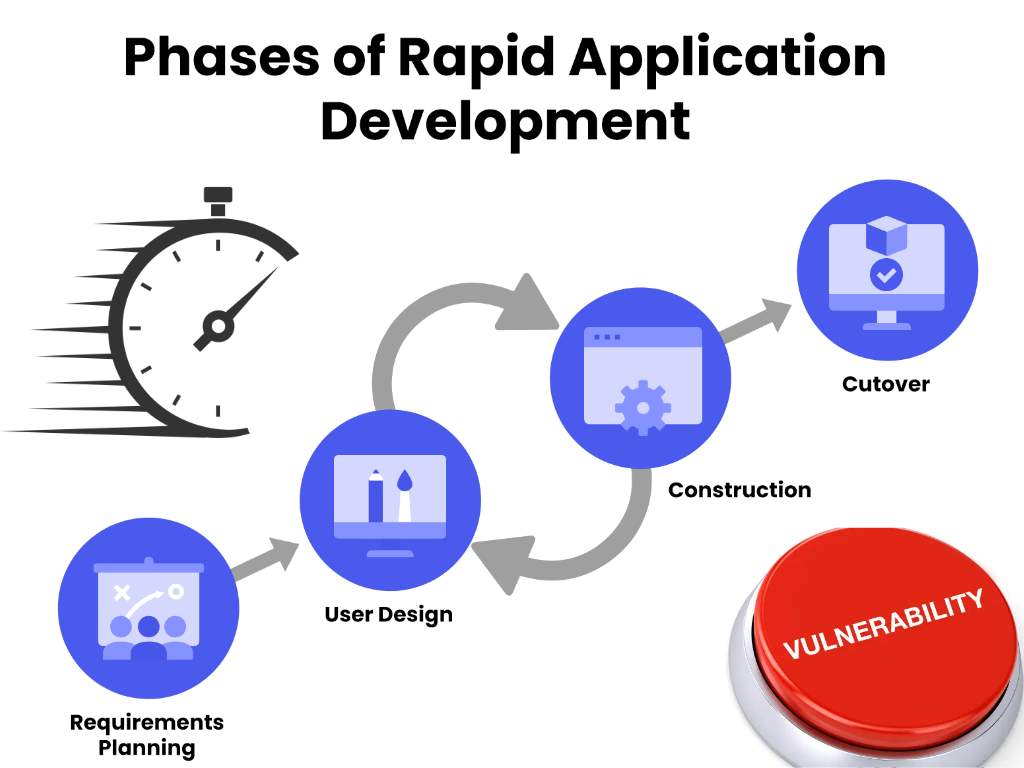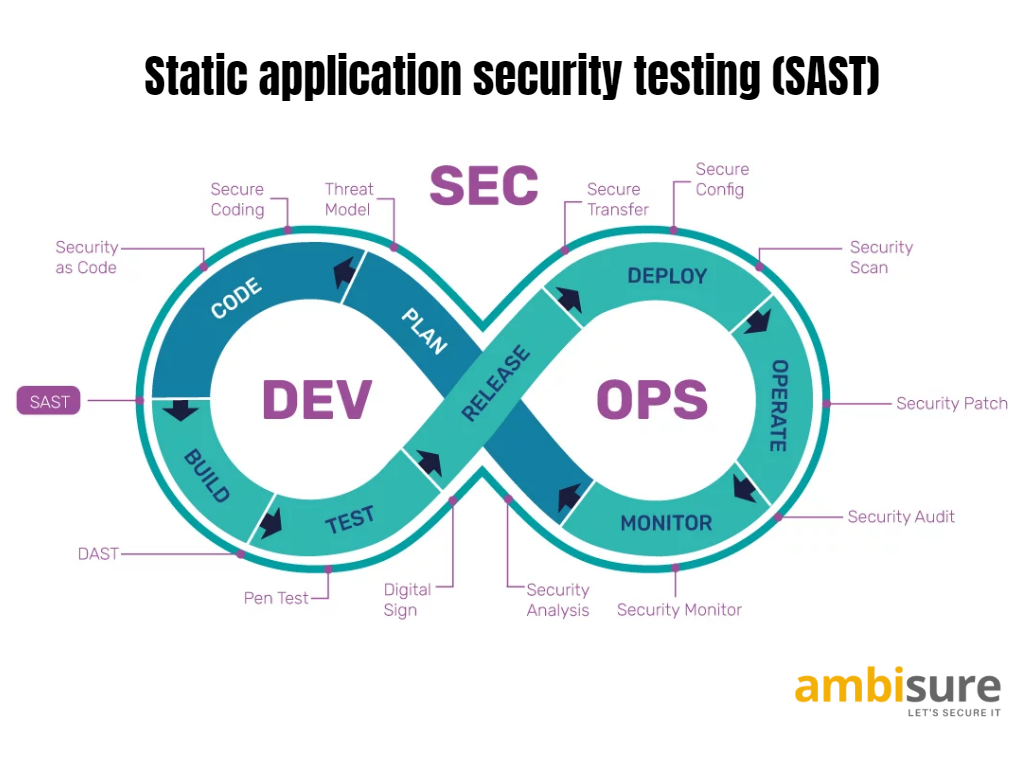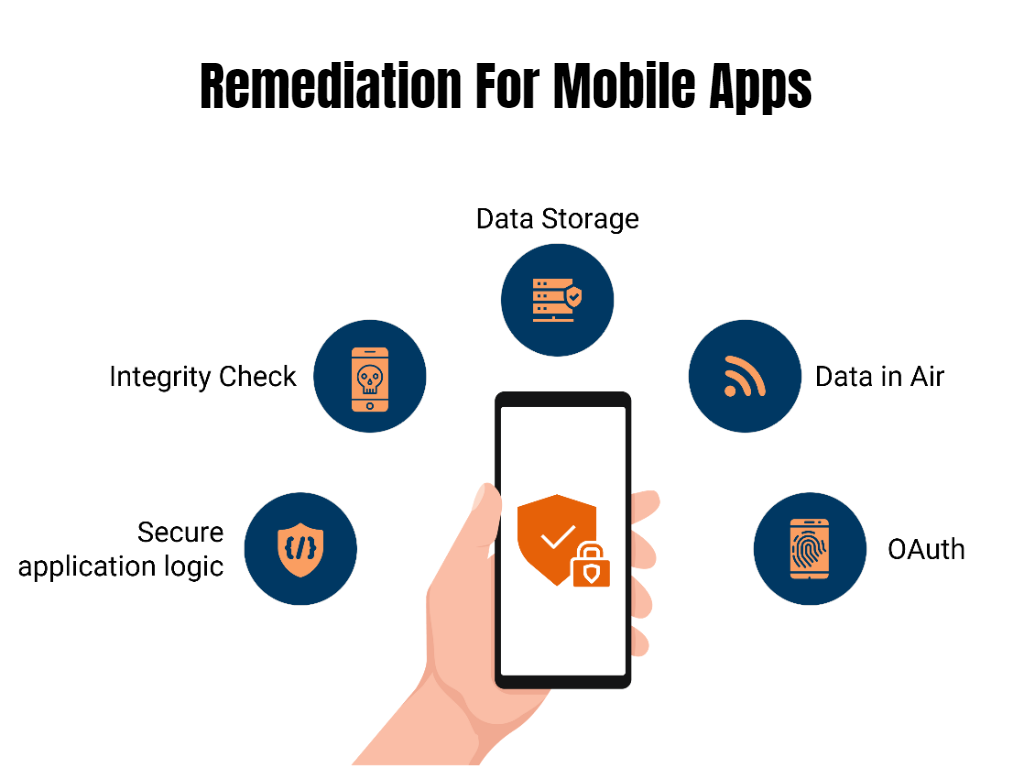CHALLENGES FOR MOBILE APP SECURITY TESTING

Fragmentation
Difficult to test for all possible configurations and ensure compatibility of Mobile app across all devices and Mobile OS

Diverse Network Environment
Difficult to test the app in different scenarios as Mobile devices connects to various Networks viz., public WiFi, 4G, & VPNs.

User Behavior
Users interact with Mobile app with multiple types of inputs, App should be able to respond or harden against every type of inputs

Incomplete or Lack of Testing Tools
Traditional web application testing tools may not work well with mobile apps. However, these tools may not cover all possible vulnerabilities.

Offline App Behavior
Mobile applications may store data locally, and the offline behavior of the app is a potential security risk.

Rapid Application Development
Mobile apps are developed quickly and released in short intervals. As a result, security testing might not have enough time to identify all vulnerabilities.

API Integration
Mobile apps are heavily integrated with APIs, which can be a source of vulnerabilities, as they can be exploited by attackers to access sensitive data.

Dependency on Tester technical capabilities
Testers are continually developing their technical skills & staying up-to-date with the latest tools, technologies, and testing methodologies to ensure they can effectively test modern software applications.
BENEFITS OF AUTOMATING MOBILE APP SECURITY TESTING
- Improved Accuracy
- Increased Efficiency
- Consistency
- Cost Saving
- Faster Time To Market
- Scalability
- Enhanced Security
- Cloud App Security Testing In DevOps
- Enhance Your Security With Cognitive Capabilities
- Address Your Open-Source Risk
- Automation & Customization
- Manage & Reduce Risk Your App Portfolio
AUTOMATION IN MOBILE APP SECURITY TESTING

Static App Security Testing
Identify vulnerabilities susceptible to attack.
Avoid unpredictable threats when you enter the market.
DevOps to DevSecOps, with no added extra time.

Dynamic App Security Testing
DAST simulates actual attacks on our test environment to analyze, detect and plug those pesky vulnerabilities that can fall prey to runtime and network attacks like MITM.

App Programming Interface
Testing Quite different than SAST or DAST, API tests the server-side of your application. API scan captures API's at requested endpoints and runs to detect vulnerabilities that may compromise the security of the app servers.

Remediation For Mobile Apps
Prioritize remediation with a research-driven security evaluation guided by OWASP security standards. Remediation for mobile apps typically involves identifying and addressing security vulnerabilities or usability issues that could put users or their data at risk.

Manual Application Security Testing
MAST is an important part of the software development process as it helps identify security weaknesses that could be exploited by attackers. By identifying these vulnerabilities early on, developers can take steps to fix them before they are exploited by attackers our app.
QUERY
frequently asked questions

- Mobile application security centralizes the software security architecture of mobile applications on various platforms. It involves assessment of applications for security issues in the domain of the platforms that they are designed to run on.
-
Here are some challenges faced while mobile application security testing
- Integrations with other apps
- Unsecured communications
- Security breaches that allow malware to be installed
- Utilization (and integration) of different authentication procedures
- Test hidden parts of the application
-
Here are some risks involved if mobile application security is not done:
- Data Leakage
- Network Spoofing
- Phishing Attacks
- Spyware
- Improper Session Handling
- Methodology
- Gather Mobile App Information
- Threat Modelling
- Application Mapping
- Client Side Attack Simulation
- Network Layer Attack Simulation
- Back-end / Server side attack simulation
- Reporting & re-tests
- Web Apps: They are like the normal web applications that are retrieved from a mobile (any operating system) phone built in HTML.
- Native Apps: These are apps native to the device built using the OS features and can run only on that particular OS.




















